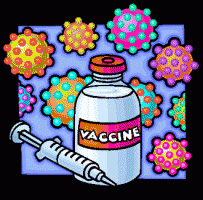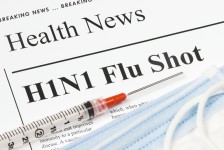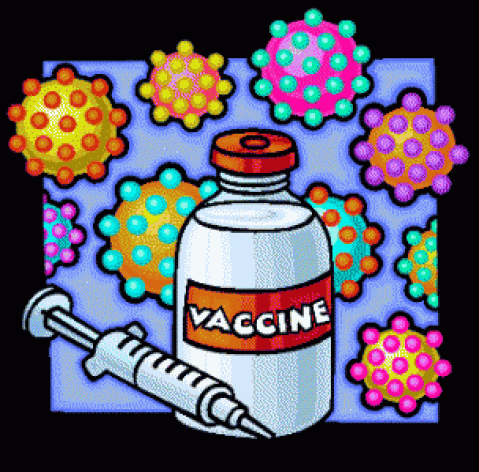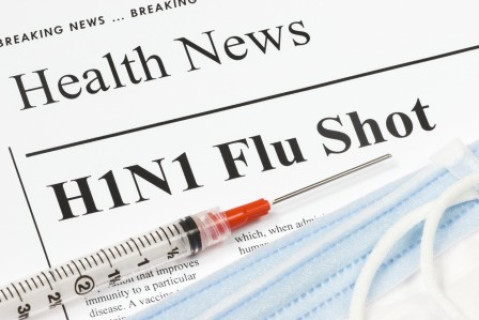Widgetized Section
Go to Admin » Appearance » Widgets » and move Gabfire Widget: Social into that MastheadOverlay zone
Strategic Management of Medical Disasters
By: Christine Springer
Improving disaster response capabilities during an extreme biological incident or emergency requiring medical countermeasures requires strategic management. The U.S. Centers for Disease Control and Prevention (CDC) leads this effort and recently reformulated what has come to be called the 12-Hour Push Packages – providing assets urgently needed in the early hours of an emergency, even when information on the extent and content is incomplete.
A growing partnership between CDC and local emergency managers continues to dramatically shorten the crucial time window even further. Transferring and transporting medical products to the people who need them most during an emergency depends in large part on: 1. Building a capable infrastructure, and 2. Advance planning at the state and local levels not only county by county but also neighborhood by neighborhood. That is why the CDC now stockpiles and delivers medical countermeasure assets to support its partners at all levels of government. It also is why state and local emergency managers are working to develop and refine their own abilities to effectively receive and use the assets provided. All partners in the supply chain are focused upon delivery and disbursement of medical products during the first 12 hours. 
To do so requires overcoming difficult challenges, developing outreach programs and multiagency partnerships, and improved information sharing. One of the challenges facing first responders involves the limited shelf-life of medical resources. As an example, the Department of Defense has initiated a special Shelf Life Extension Program (SLEP) and is partnering with states and local governments to do so. Today, many state and local governments have purchased and are storing antivirals and antibiotics as countermeasures against bio-terrorism attacks. The stockpiles are designed to both ensure early access for first responders and to provide critical-infrastructure personnel with the resources needed to carry out initial actions required to deal with a sudden disaster and other emergencies requiring medical treatment.
The CDC is also exploring new ways to dispense countermeasures more quickly to local communities by, among other things, cultivating strong collaborative partnerships between and among planners, emergency managers, and even businesses at the state and local level. Technical assistance is provided through state health department outreach programs which provide information related to receiving and dispensing medical assets, on-site and video teleconference consultations, support for various training and exercise programs including national training summits and the tools needed to design and test response plans. This national partnership with state and local jurisdictions and operational personnel has evolved over time to now provide direct on-site technical assistance to jurisdictions at all levels of government including the interpretation of guidelines for developing plans, conducting training and exercises, and the evaluation of jurisdictional capabilities and performance. It also includes providing assistance with developing and mobilizing volunteers to distribute medical countermeasures during an actual event or incident.
Every state has its own unique plan to receive, distribute and dispense medical countermeasures. The CDC funds and maintains several information sharing forums through which promising practices are shared and discussed by health and emergency staff at all levels of government. To evaluate the effectiveness of individual state plans, regularly scheduled Technical Assistance Reviews are conducted annually to help identify any remaining gaps in such plans. These consultations ensure the continuing availability of the flexible framework needed for the delivery of medical countermeasures through partnerships with air and ground transportation providers. By doing do, it is possible to determine the optimum combination of location and method of transportation required to support the delivery of medical countermeasures within the specific time frame postulated to cope with an ongoing emergency situation.
 As a result of the 2009-2010 H1N1 influenza pandemic response operations, a number of lessons were learned that can be applied to medical disasters today. For example, California relied on its own extensive public health preparedness, planning and training programs to respond to an outbreak of whooping cough in 2010. The California Department of Public Health not only offered free vaccines but also encouraged hospitals and local health departments to support the vaccination of new mothers and newborn caregivers. At the same time, county public health departments across the state applied their own public health preparedness experience to develop and disseminate the education materials and clinical guidance needed by the public and by medical practitioners. These and other prompt actions not only helped raise community awareness but also led to the designation of accessible and innovative vaccine dispensing points including the assignment of mobile clinics to grocery stores so that communities throughout the state that needed immediate and continuing assistance would strategically be served.
As a result of the 2009-2010 H1N1 influenza pandemic response operations, a number of lessons were learned that can be applied to medical disasters today. For example, California relied on its own extensive public health preparedness, planning and training programs to respond to an outbreak of whooping cough in 2010. The California Department of Public Health not only offered free vaccines but also encouraged hospitals and local health departments to support the vaccination of new mothers and newborn caregivers. At the same time, county public health departments across the state applied their own public health preparedness experience to develop and disseminate the education materials and clinical guidance needed by the public and by medical practitioners. These and other prompt actions not only helped raise community awareness but also led to the designation of accessible and innovative vaccine dispensing points including the assignment of mobile clinics to grocery stores so that communities throughout the state that needed immediate and continuing assistance would strategically be served.
Improving disaster preparedness capabilities within this country is both challenging and important. To quote Matthew Bettenhausen, Director of the California Governor’s Office of Homeland Security with whom I recently talked with about this issue: “Providing resources to build capacity from the bottom up so as to be prepared for increasingly larger and nontraditional events like swine flu is an investment in national assets.”
_____________________________________________________________________
Christine Gibbs Springer is the Director of the Executive Masters Degree in Emergency and Crisis Management at UNLV, the only program of its kind in the United States. She has served on Congressional Panels developing performance metrics for DHS/FEMA grants, a FEMA panel to develop core competencies for college curriculum and degree programs, and on the Congressional Panel evaluating FEMA post-Katrina last year. She also serves on the Nevada Citizen Corps Board of Directors and the National Academy of Public Administration’s Board of Directors. She is also a member of InfraGard. She is founder and CEO of a strategic management and communications firm, Red Tape Limited, incorporated in 1986 with offices in Nevada and Arizona. To contact Springer, email [email protected].
Image courtesy of http://www.tularehhsa.org/index.cfm/public-health/health-care-services/health-care-centers/flu-vaccinations/ and https://www.eheandme.com/news_articles/549601575.






Pingback: Stratic management | Onerbuck